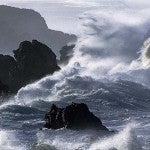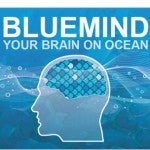Yesterday, I recounted the recent history of assessments of the Gulf of Maine (GOM) cod stock that has led to a looming crisis for many New England fishermen, and the management response underway in the form of emergency action. Today, I discuss two major goals that will most effectively use the time before us to potentially change our understanding of cod status, and avoid or minimize socio-economic hardship.
Expand our scientific perspective
Before the 2011 assessment had even been reviewed, a barrage of criticisms began to be levied. To be sure, many decisions made during the assessment could have gone a different direction, including data to include or exclude, values for key parameters, and determination of reference points. Renowned ecologist E.O. Wilson once observed that ecology is far more complex than physics, and fisheries science is a close cousin of ecology. There are few universal rules for how to assess fish stocks, and the discipline relies heavily on experience, professional judgment, vigorous debate, peer review, and trial and error. The GOM cod assessment was not lacking in any of those elements. In my view, the assessment was done right, was done well, and should be commended for achieving what it set out to do. Gerrymandering the assessment to get a more favorable outcome is both bad practice and bad policy. Read More












